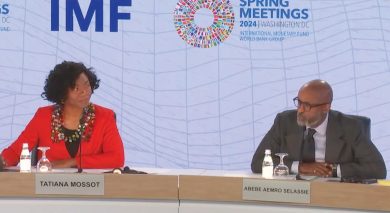Low savings rate, a loss to consumers
An investment analyst says at an average of four percent savings rate, consumers are earning a negative real return on investments at a time inflation rate is about seven percent.
Experts define savings rate as a measurement of the amount of money expressed as a percentage ratio that a person deducts from the disposable personal income and it is related to the marginal propensity to save for the future.

In an interview on Monday, Alliance Capital Limited research manager Bond Mtembekeza argued that to get a return on investments, the ideal rate should be one that is over and above inflation rate at any point.
He said: “Indeed the savings rate has averaged four percent for a long time now, but the reasons for that are not easy to determine. It may be out of tacit collusion by banks or that people really save compelled by other reasons outside just the savings rate.
“When one is making an investment, the first thing they should look at is the real return from it, which is simply the difference between the return on the investment and inflation.”
Mtembezeka said in the current scenario, if one is saving at four percent it means they are basically earning a negative real return with inflation rate at 7.3 percent as of November 2020.
Over the two year-period, the policy rate—the rate at which commercial banks borrow from the central bank as the lender of last resort—has moved from 16 percent in 2018 to the current 12.5 percent, with the savings rate moving from 8.39 percent to 4.11 percent.
However, during the review period, inflation rate has moved from 8.1 percent to 7.3 percent as of November 2020.
Despite financial reforms over the years, the savings rate has continued to dwindle inconsistently from five percent of gross domestic product (GDP) in 1990, negative three percent in 1993, 10 percent in 1994, negative four percent in 1996 and negative two percent of GDP in 1999.
In an interview, Ben Kaluwa, economics lecturer at Chancellor College, a constituent college of the University of Malawi (Unima), said while savings deposit rates are a cost to commercial banks which are under pressure to keep their overall costs at a minimum, the small proportion of those who save make it difficult to bargain.
Economics lecturer at Unima’s constituent college, The Polytechnic Betchani Tchereni ,observed in an interview that at four percent savings rate, Malawi is simply a consuming nation.
He said: “Savings are important because it is from them that financial institutions are able to extend loans to the general public for both consumption and investment, which are the engines for economic growth.





